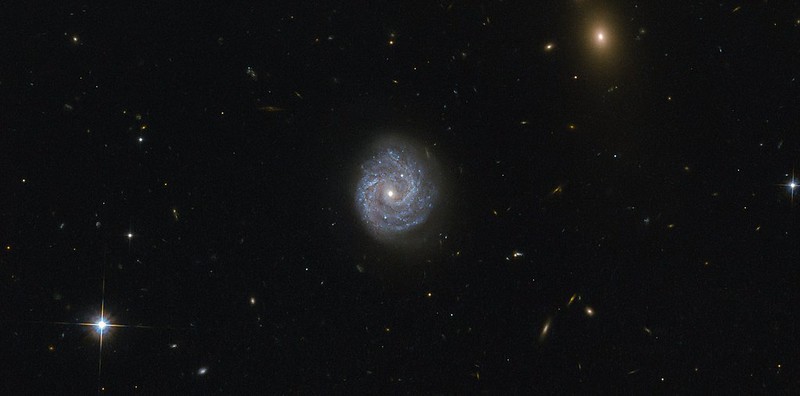
In a group of stars just 150 light-years from us, there are some signs that there might be black holes. If this turns out to be true, the black hole in the Hyades cluster would be the closest one known to Earth.
For a while now, black holes have fascinated scientists all over the world. They are unsolvable mysteries in the universe. The smaller ones have especially been of great interest because we’ve seen them when certain ripples in space called gravitational waves were detected.
Since 2015, scientists have spotted numerous events during which these small black holes seem to be coming together or merging. This is quite remarkable to scientists.
Details about the Hyades cluster
A group of astrophysicists from various universities came together for a study. They published their findings in the scientific journal Monthly Notices of the Royal Astronomical Society.
What they did was use computer programs to produce simulations. This includes quite advanced video games to determine what the Hyades cluster looks like and how it changes over time. This cluster contains lots of stars.
One of the scientists, Stefano Torniamenti, who works at the University of Padua, explained, “Our simulations can only simultaneously match the mass and size of the Hyades if some black holes are present at the center of the cluster today (or until recently).”
Models or theories to explain the black hole phenomenon
Scientists have models or theories about how black holes are created when two smaller black holes come together. These events occur throughout the universe.
To make these models function, scientists need to show that most black holes don’t get pushed or kicked around too much when they are initially formed This is important because ripples have been detected in space called gravitational waves, and they’ve changed how we view the universe.
The fact that black holes are still in the Hyades cluster, even though it doesn’t have a strong pull to keep them there, fits with this idea. It’s like a puzzle piece falling into place.
Dynamical mass segregation
Scientists have a theory about how black holes in the Hyades star cluster might have evolved. They think it’s possible these black holes formed as a result of something called “dynamical mass segregation.”
More massive things, such as black holes, tend to move toward the center of the cluster because they interact with other stars around them through gravity. It’s why heavier objects are attracted to each other.
🌌 The closest black hole to Earth was thought to be 1,560 light-years away – but a new study suggests there could be one around 150 light-years away!
📸National Science Foundation via Getty Images pic.twitter.com/wo1JjIPUm4
— TVP World (@TVPWorld_com) September 12, 2023
In the case of the Hyades cluster, where things don’t need to move very fast to escape, this process might have played a big role in creating the black holes and keeping them there. It’s as if the black holes found their way to the center and stayed put.
This study isn’t just about the Hyades star cluster. It has important implications for detecting black holes in other groups of stars, too. Experts believe we can figure out if there are more black holes in a star cluster by looking at how densely packed the cluster is.
“This observation helps us understand how the presence of black holes affects the evolution of star clusters and how star clusters, in turn, contribute to gravitational wave sources,” explains Mark Gieles, the main researcher from the University of Barcelona’s Department of Quantum Physics and Astrophysics.
See all the latest news from Greece and the world at Greekreporter.com. Contact our newsroom to report an update or send your story, photos and videos. Follow GR on Google News and subscribe here to our daily email!



